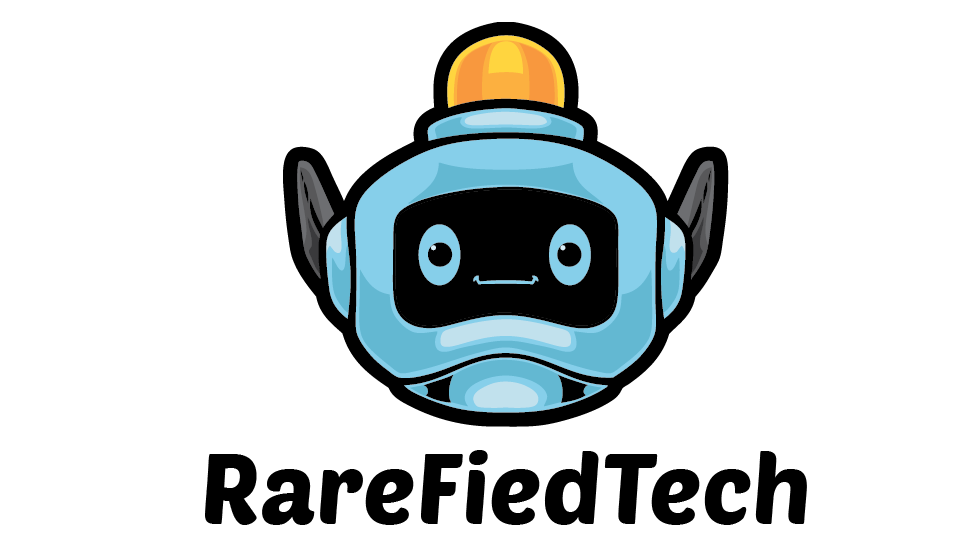You wake up, grab a coffee, and settle into your home office. Your AI virtual assistant, a sophisticated combination of machine learning and natural language processing technologies, greets you with your schedule and a prioritized task list for the day.
As remote work becomes increasingly prevalent, AI virtual assistants are stepping in to assist and become integral members of the remote workforce. They manage schedules, facilitate meetings, and ensure no virtual stone is left unturned, transforming how you work from home.
This article will walk you through some of the breakthroughs AI assistants already provide workers.
Personalized Productivity on Demand
An AI virtual assistant offers a helper that’s tailored perfectly to your working style and can optimize your productivity. Whether it’s sorting your emails, setting up reminders for deadlines, or managing your contacts, these AI systems are designed to learn from your interactions.
The more you use them, the better they get at predicting your needs and preempting your requests. This personalization isn’t just about convenience; it’s about enhancing your ability to perform at your best, no matter where you work.
Enhancing Collaboration Across Time Zones
Coordination could be a nightmare if your team is spread across different continents and operating in various time zones. But an AI virtual assistant makes it seamless. It schedules meetings at times that work for everyone sends out agenda items based on team member input, and even follows up on action items post-meeting.
AI facilitates better workflow management and helps maintain human connections. Handling the administrative load allows you and your team to focus on what truly matters—creative collaboration and strategic thinking.
Streamlining Workflow with Advanced Integration
Your AI virtual assistant connects with various tools and platforms you use daily, from cloud storage services to project management software. This integration streamlines workflows by ensuring that all your tools are talking to each other.

For instance, updates made in a project management app can be automatically reflected in your calendar and communicated to relevant team members via their preferred communication channels.
This cuts down on the manual updating of information and reduces the risk of errors, ensuring everyone is always on the same page.
Empowering Remote Workers with Proactive Assistance
Beyond scheduling and communication, AI virtual assistants can take on more proactive roles, such as monitoring project progress and identifying bottlenecks before they become issues.
They can analyze workflow patterns to suggest efficiency improvements and even automate repetitive tasks that bog down your day. This level of assistance is akin to having an observant co-worker who always looks for ways to improve the team’s performance and well-being.
AmerlioratingDecision-Making with Data-Driven Insights
AI virtual assistants can aggregate data from diverse sources to provide insights that inform your decision-making. This capability is invaluable, especially in remote settings where data can be siloed.
By synthesizing information from project updates, performance metrics, and team feedback, AI helps you make informed decisions that keep projects on track and align with your strategic goals.
Keeping Data Security in Check
As you integrate AI more deeply into your daily routines, concerns about data security naturally arise. However, advancements in AI technology also include significant enhancements in data encryption and ethical AI use.

Your virtual assistant is equipped to handle sensitive information with the highest security standards, ensuring that your data, from proprietary project details to personal information, is protected against cyber threats.
This security allows you to trust your AI assistant with critical tasks and be confident that your information is safe.
Conclusion: Your Essential Digital Teammate
As remote work evolves, AI virtual assistants are proving themselves to be indispensable allies in the digital workplace. They bring structure to the chaos of remote work, enhance productivity through personalization, and foster collaboration across geographical boundaries. Far from being just another tool in your digital arsenal, they are becoming core members of remote teams, capable of driving significant improvements in how work is done.




